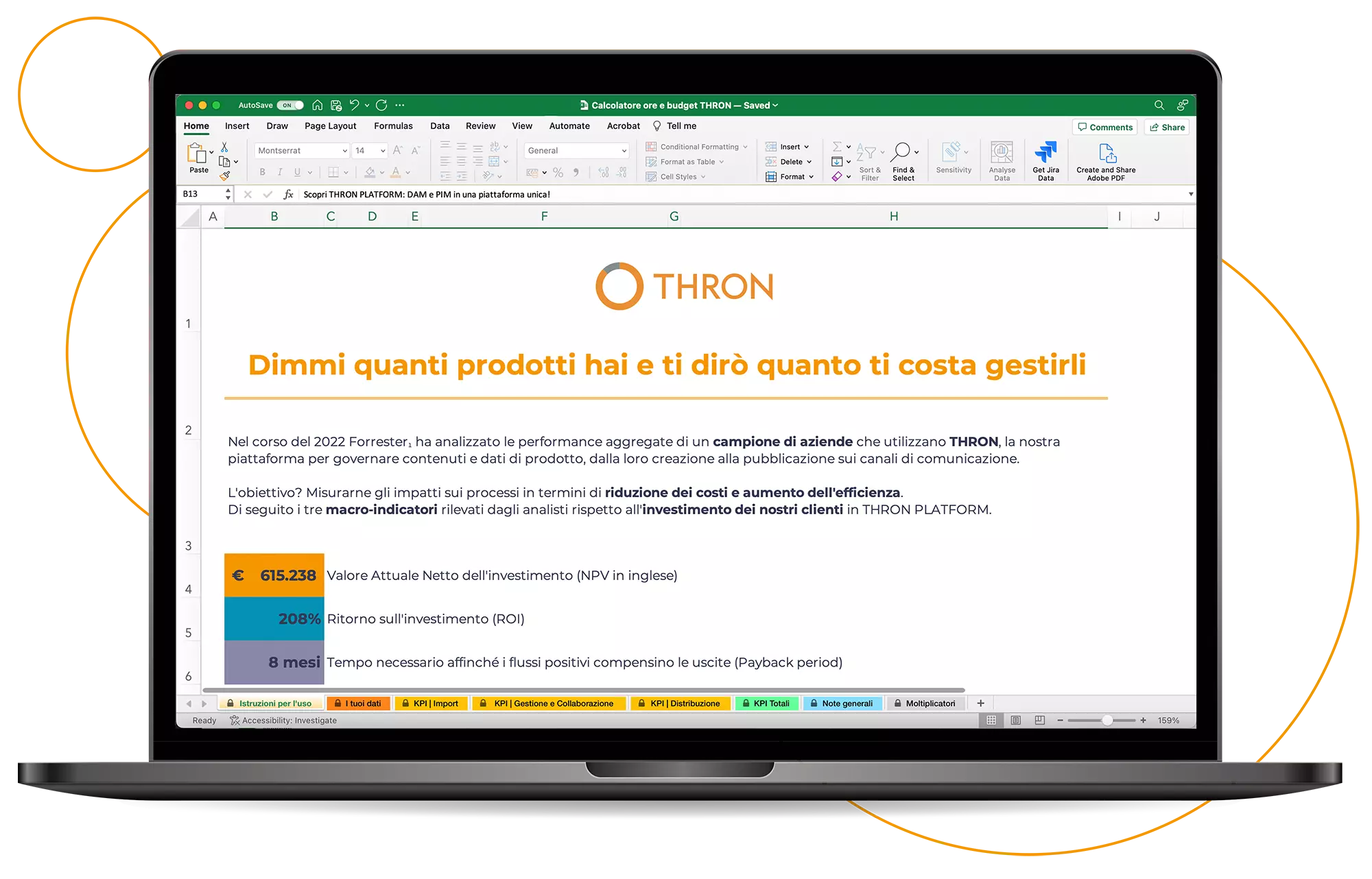
DAT – an acronym that stands for Dynamic Asset Transformation – is one of the key functionalities of a DAM software.
In this article you will find out what it is, how it works from a practical point of view, and what impact it has on processes and thus on economic performance. Ready, set, go!
Dynamic Asset Transformation – short for DAT – consists of the dynamic transformation of digital assets such as images, videos and other types of multimedia content in order to adapt them intelligently to different devices, sizes, resolutions and contexts.
In particular, the transformation may concern different elements of a content, such as format or quality.
Also known as Dynamic Image Assets or more generically as Digital Asset Optimisation, Dynamic Asset Transformation is a feature included in some Digital Asset Management software that delivers information heritage across communication channels.
As we shall see, a DAT technology minimises the manual work of the operational teams while ensuring the best possible experience for users of the company’s business channels.
In concrete terms, the dynamic transformation of digital assets takes place during asset delivery.
For example, in THRON PLATFORM the transformation can be triggered and configured by the user in the URL with which the asset is delivered or totally delegated to the platform.
In general, the Digital Asset Management platform – if equipped with Dynamic Asset Transformation capabilities – automatically transforms several attributes of a content and publishes it dynamically based on a customised combination of attributes that varies depending on:

Taking a digital asset of the image type as an example, software that can rely on DAT can act dynamically on various attributes such as:
The implications of Dynamic Asset Transformation for companies are significant and manifold.
Firstly, it significantly improves the user experience because every piece of content – regardless of channel or connection – is always enjoyed in the best possible way. This leads to greater user engagement and, as a result, higher conversions.
The dynamic optimisation of digital assets also has an impact on the performance of the various touchpoints: one of them, for example, is the loading speed of web pages, a hot topic for Google.
As mentioned at the outset, Dynamic Asset Optimisation is also fundamental for optimising work processes.
Thanks to DAT, in fact, one can distribute and update assets quickly on different platforms and channels, without having to waste time formatting by hand, exporting and finally importing multiple versions of a content on the various channels to suit different devices and resolutions.
In a nutshell, it accelerates time to market.

THRON PLATFORM is the unique platform to also have control over product data as well as the digital assets that represent them or the brand.
Therefore, in addition to being equipped with a real-time editor for dynamic optimisation of assets, the solution also allows the adaptation of product information attributes, such as the length of certain fields or language.
THRON thus extends dynamic optimisation to the company’s entire information assets, multiplying the positive impacts on business.
By the way, would you like to simulate the benefits that a tool like THRON can bring to your organisation?
Download a copy of our template (it is in Italian) for measuring ROI: just enter a few figures to calculate how many hours and costs you can recover over the entire life cycle of digital assets and product information.

Thank you for reading to the end of this article.
Before we say goodbye, since as you know experience is also a master in digital, we invite you to delve into some digital success stories (with a PIM DAM theme) that also deal with Dynamic Asset Transformation: here are quite a few.